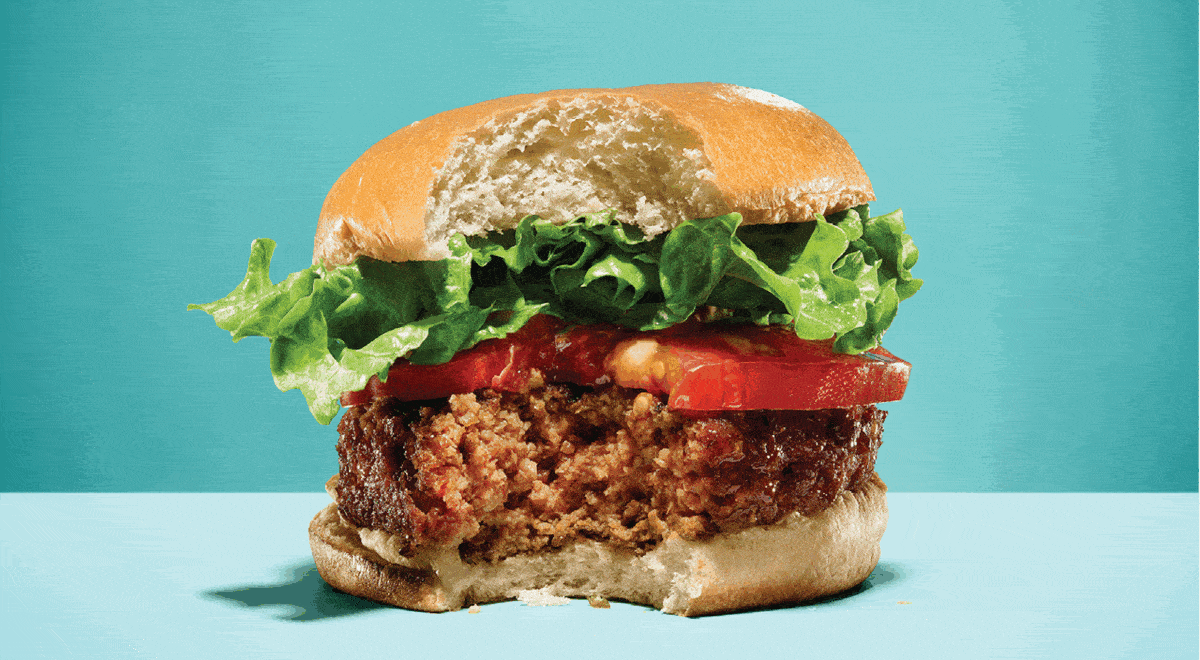You are what you eat, and you need to eat bugs. Lots of freaking bugs.
Modern science has begun to recognize that our gut microbiome (the lively house party of trillions of microorganisms that you host in your digestive tract) plays a leading role in everything from immune system resilience to mental health. Healthy microbiomes increase muscle mass, protect against erectile dysfunction and reduce belly fat: a machismo trifecta.
I’m not your college roommate who insisted that all the moldy food in his mini fridge is "just fine." I'm a registered dietitian who’s devoted my career to this stuff. So put down your overpriced craft booch and add these slightly rotten edibles to your everyday diet.
Float your cereal in kefir
The bug count of this cultured stuff blows away what’s in yogurt. Kefir gains its next-level tang from the lactic acid produced when throngs of bacteria feast on lactose during fermentation.
Use it as a base for your smoothies or a gut-friendly swap for buttermilk when making Sunday flapjacks.
Stick with plain versions, as the added sweet stuff pumped into flavored dairy can feed unwelcome bacteria that drive up inflammation.
Grill up a tempeh “steak”
Fermented soybeans packed into slabs may not sound appetizing, but don’t be repulsed. Soak a hunk of this meaty probiotic-laced tofu counterpart in a marinade and toss it onto the grill like you would a moo-based steak.
Crumbled and then sautéed, nutty, slightly sour-tasting tempeh is also a good stand-in for ground beef in pasta meat sauce, tacos or a pot of chili.
Tuck sauerkraut into sandwiches and burgers
In its most basic form, sauerkraut is cabbage and salt that’s left to go bad in a good way.
To get any microbiome-strengthening benefit, make sure to use only the refrigerated, unpasteurized kraut. Any jars or cans kept on store shelves outside the fridge are not the authentic buggy stuff.
Whisk miso into salad dressing
Miso is salty, earthy and has just the right amount of funk. Owing to its sky-high levels of amino acid glutamate, the fermented paste is laced with much sought-after umami deliciousness.
The longer the fermentation time, the darker the color and the more in your face the flavor.
To vivify your boring salads, make a punchy dressing by stirring together 3 tablespoons avocado oil, 2 tablespoons orange juice, 1 tablespoon white or yellow miso, 1 tablespoon rice vinegar and 1 tablespoon minced fresh ginger.
Hydrate with switchel
The "haymaker's punch" is an invigorating tonic starring apple cider vinegar, which is made basically by fermenting crushed apples into throat-burning acetic acid. Most DIY recipes (which you can find on Google) are easier to make than your average cocktail.
Pro tip: Most of the vinegar at supermarkets is nothing but sour apple juice. How to tell if you’re getting the good stuff? The unfiltered vinegar needs a mother—a strange floating biofilm consisting of friendly bacteria that lends the product a hazy appearance. You may also notice cloudy sediments in the bottle.
Go way funky with natto
This Japanese superfood is a mass of fermented soybeans intertwined with thin, mucuslike strings that are similar to melted marshmallows. At least on paper, it has all the charm of yesterday's unlaundered gym socks.
Many people learn to like it, especially when you sneak the stringy beans into familiar dishes like chili, stir-fries, scrambled eggs and soups.
You can find it at most grocers specializing in Asian cuisine, in the cold-food section, alongside items like tofu and kimchi. Often, it’s sold with natto sauce (a mixture of soy sauce, desi and sugar), which makes it more palatable when slurped up on its own.
Let the table dares begin!

Adam Voohes/Gallery Stock; Getty Images (2)




